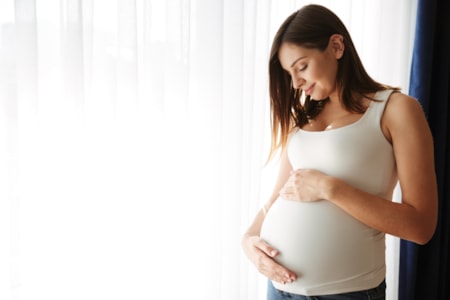
According
to the latest report 'Demografía del
aborto en España', prepared by the
CEU Demographic Observatory, affiliated with the Center for Studies,
Training, and Social Analysis (CEU-CEFAS), the tendency to undergo abortion in
Spain in the event of pregnancy, with temporary variations, has continued to increase
since the decriminalisation of abortion in the mid-1980s and reached a new
historical high in 2022. It is particularly high in Asturias and the Canary
Islands, the regions with the fewest children per woman in Spain and all of
Europe, as well as in Catalonia. By province, the rate is highest in Santa Cruz
de Tenerife, Asturias, Huelva, and Barcelona. In comparison to other European
countries, Spain is among the most abortion-prone, surpassed by Bulgaria,
France, or Sweden. Moreover, in Spain, this indicator is on the rise, while in
the rest of Europe, the trend is downwards.
Although
the number of abortions performed in 2022 on women residing in Spain (96.599)
was lower than those recorded between 2006 and 2013 (106.576 in the latter
year, the highest absolute number of abortions in the historical series), this
was because there were more women of childbearing age then than now, not
because abortion was more frequent in the case of pregnancy. In total, from
1987 to 2022, official Spanish statistics record a cumulative total of
2.761.616 induced abortions. Of these, 2.713.312 were for women residing in our
country.
The
study highlights that women who have abortions in Spain do so, on average,
about twice throughout their fertile years. According to statistics, 33% to 38%
of abortions in the last decade were performed on women who had previously
undergone an abortion. Between 22% and 25% of cases were the second abortion;
between 7% and 8%, the third; and between 2.5% and 2.8%, the fourth. There are
even 700 to 800 abortions each year in women who had previously had 6 or more
abortions.
The
majority of abortions (67.2% in 2022) occur in women aged 25 and older, but
abortion rates per hundred pregnancies are extremely high in younger women (64%
in women under 20 in 2022). Moreover, it is noteworthy that 40% of women who
have abortions do not usually use any contraceptive method. Another peculiar
phenomenon is that, while a large majority of women who have abortions get
information on the matter from public health centres, they then have abortions
in private facilities. Abortion in Spain is largely a private business
prescribed by the public health system. It is also striking that, while with
the first abortion law (which permitted abortion in cases of foetal
malformation, rape, or high risk to the health of the pregnant woman), in 97%
of cases, "serious risk to the health or life of the mother" was
cited as the reason, since the 2010 gestational limit law, this is only cited
in 5% - 7% of cases.
Abortion
rates are higher among the immigrant population
A
very high percentage of abortions (between 35% and 38% in the last ten years)
were performed on immigrant women, although the inclination to abort is not
uniform among foreign-born women, and not in all foreign communities does it
exceed that of Spanish women. In this regard, the inclination to abort is
especially high among Ibero-American and sub-Saharan women. In contrast, North
African women in Spain (mostly Moroccans) have abortions at a significantly
lower percentage of pregnancies than native Spanish women, although their
abortion rate per 1.000 women aged 15 to 44 is higher, a contrast linked to the
fact that they have on average more than twice as many children per woman as
native Spanish women.